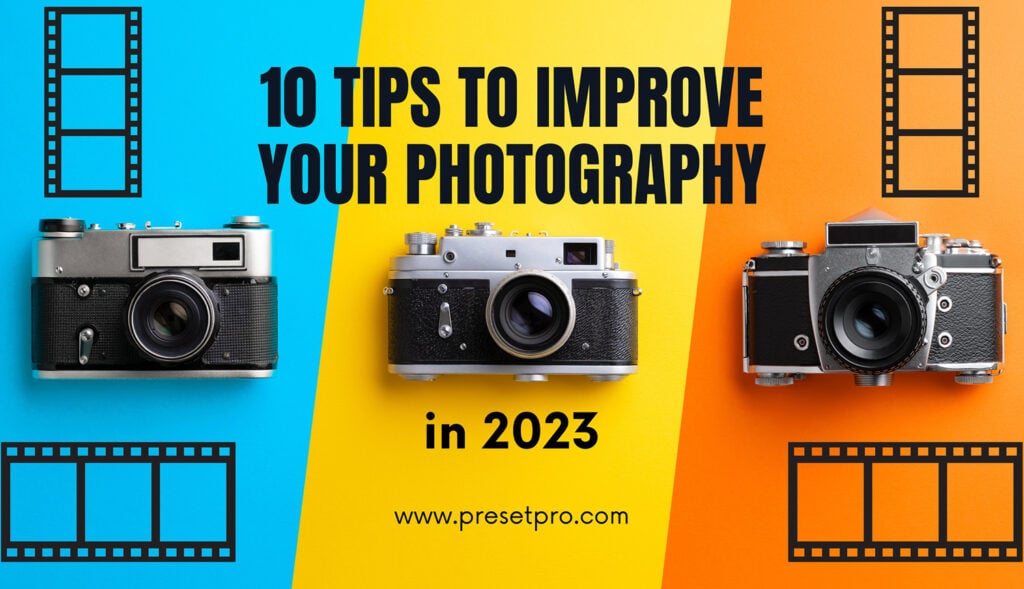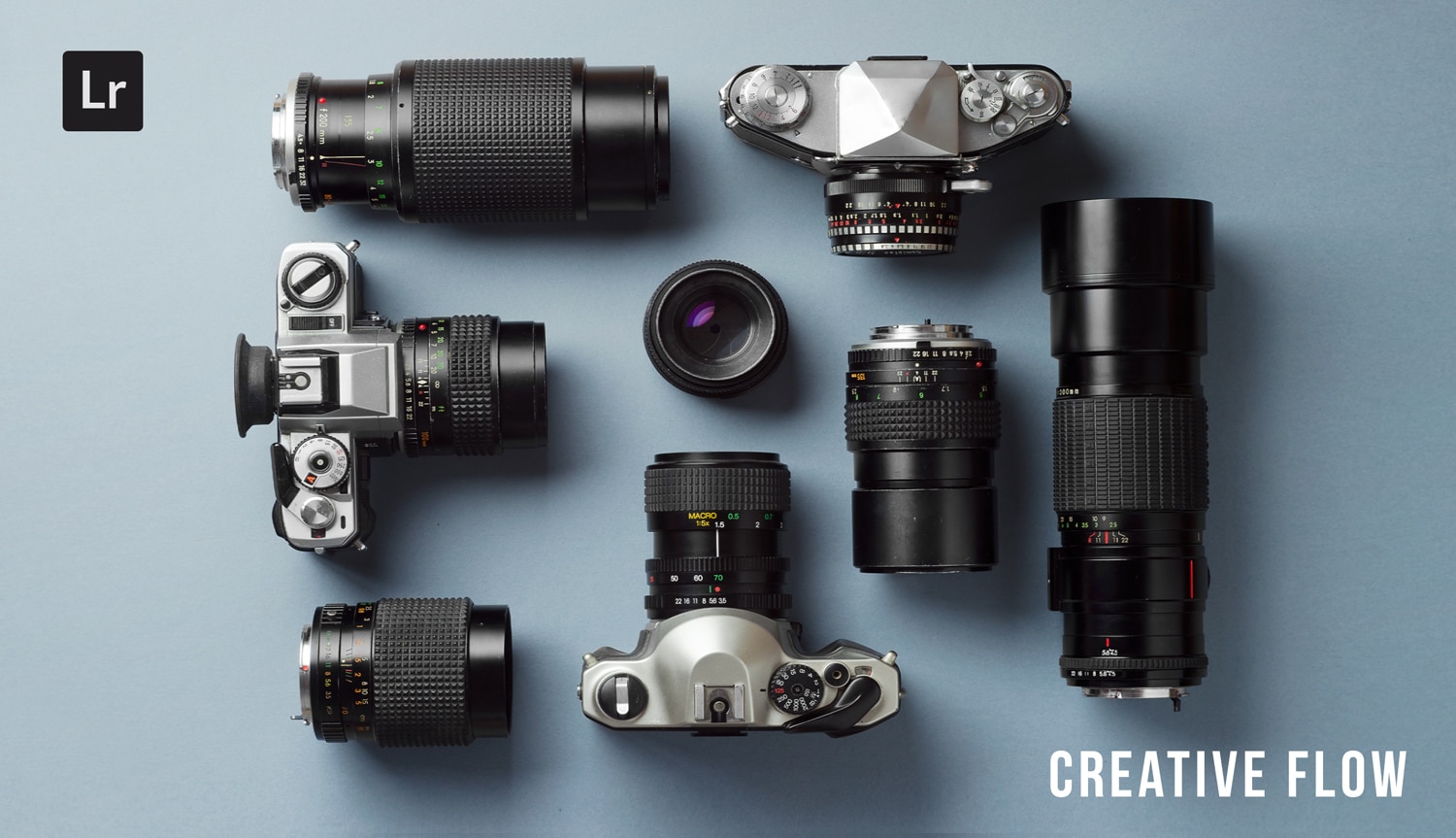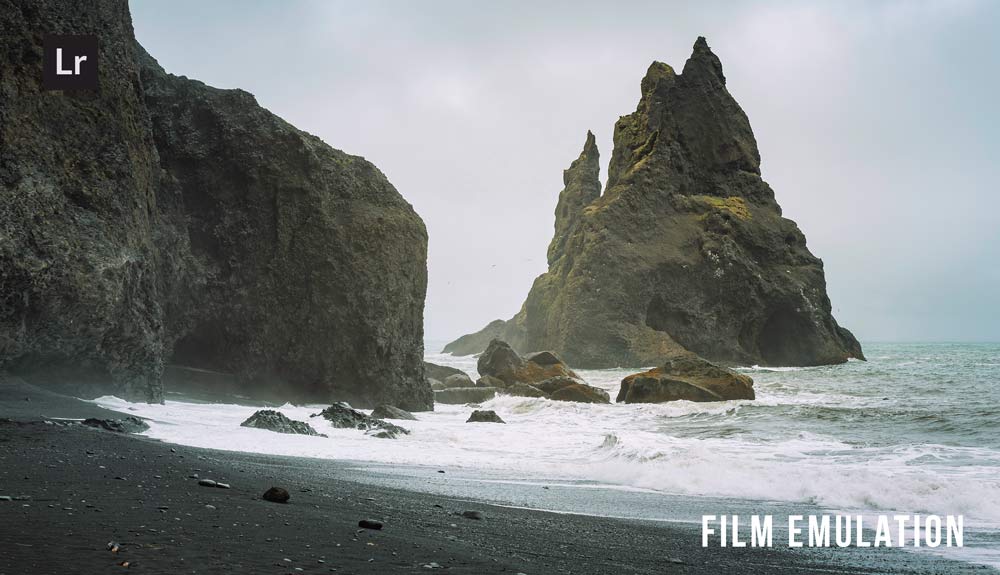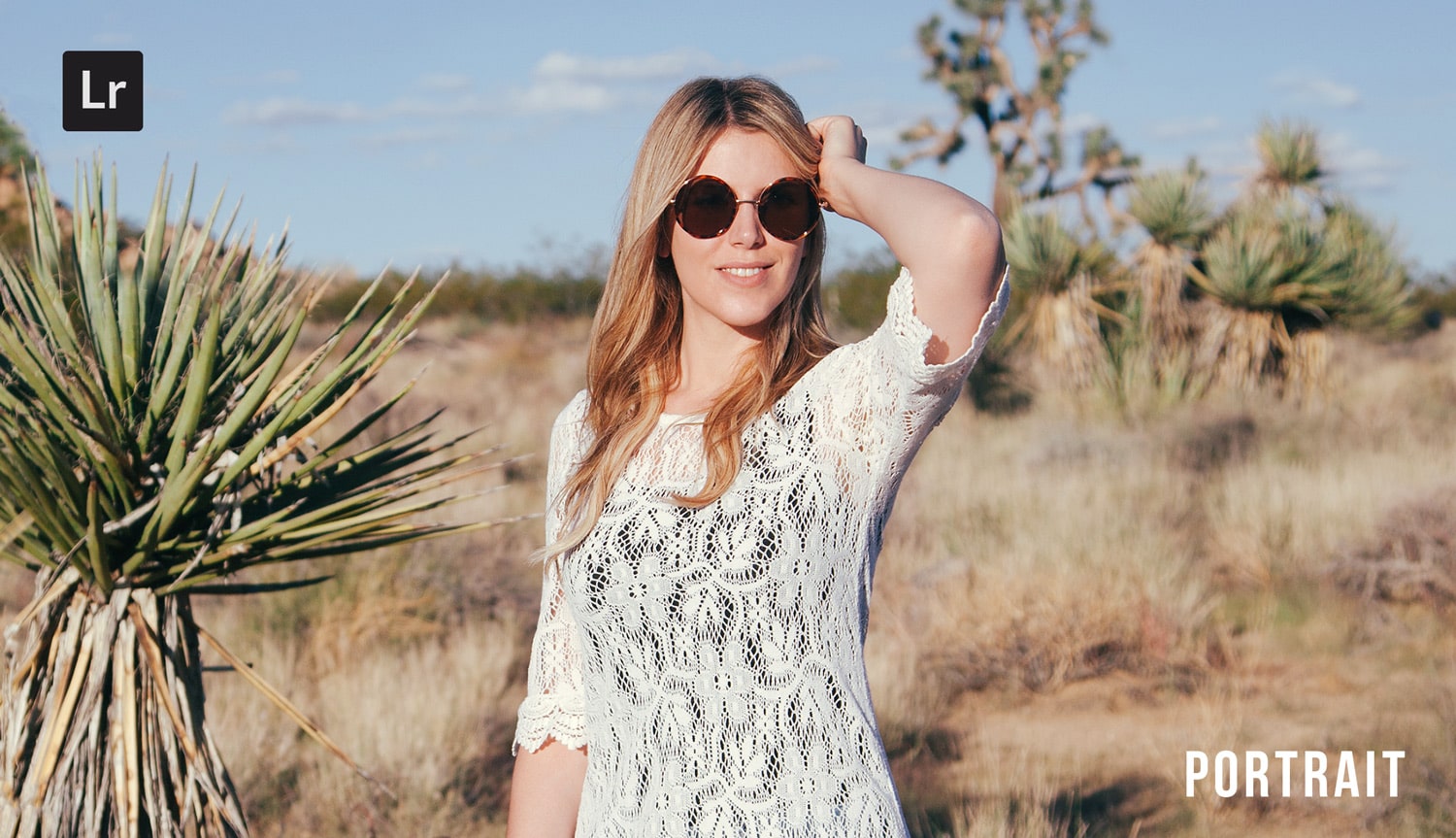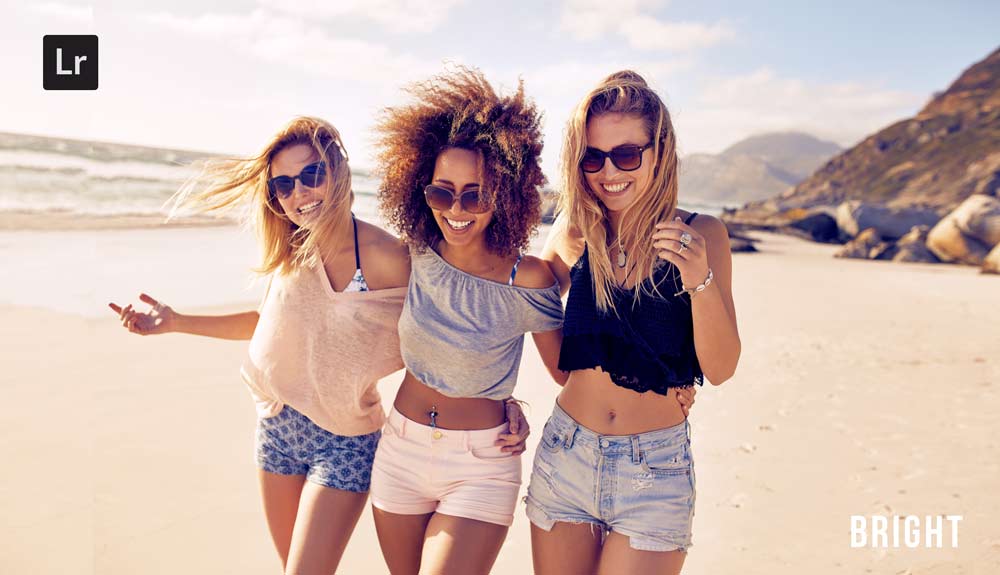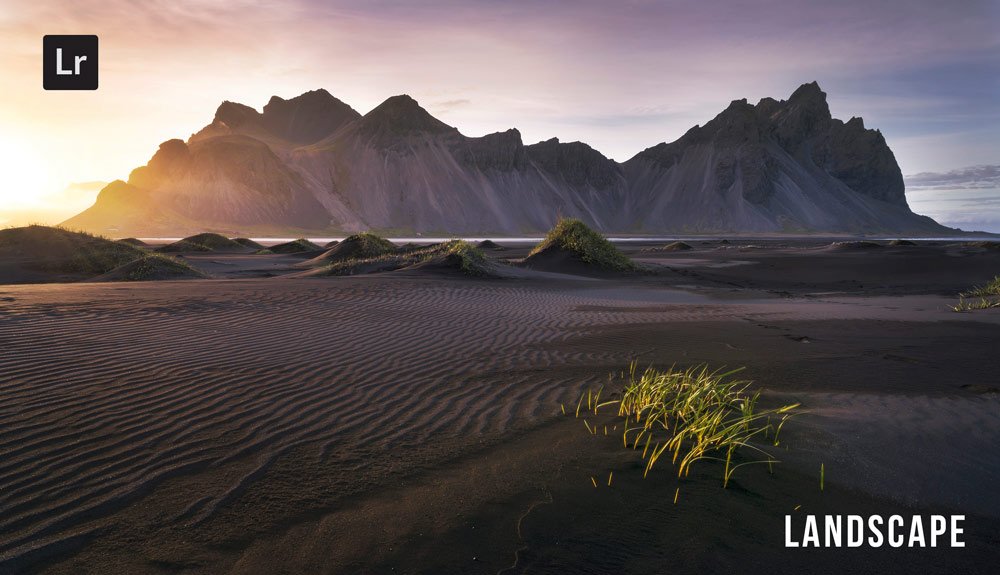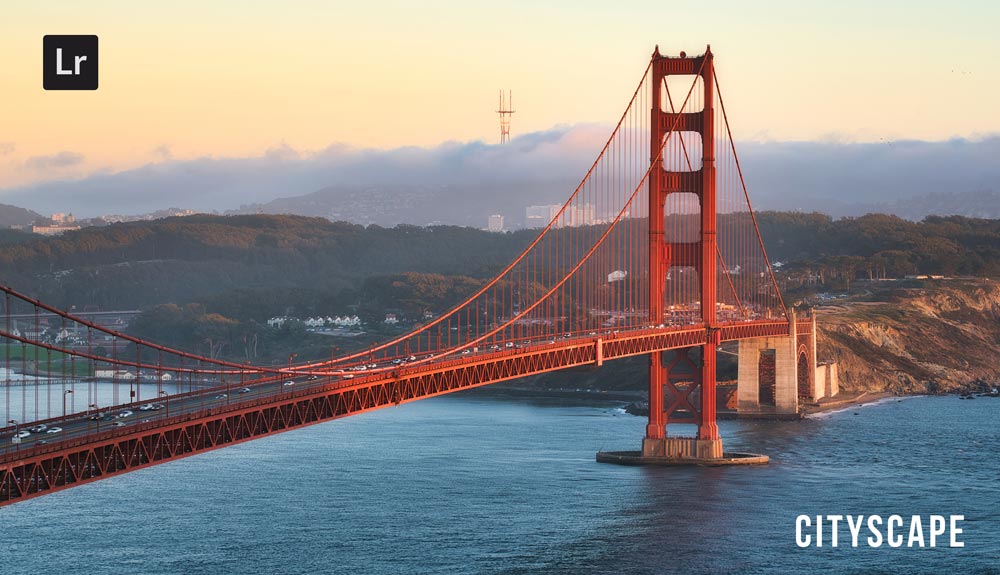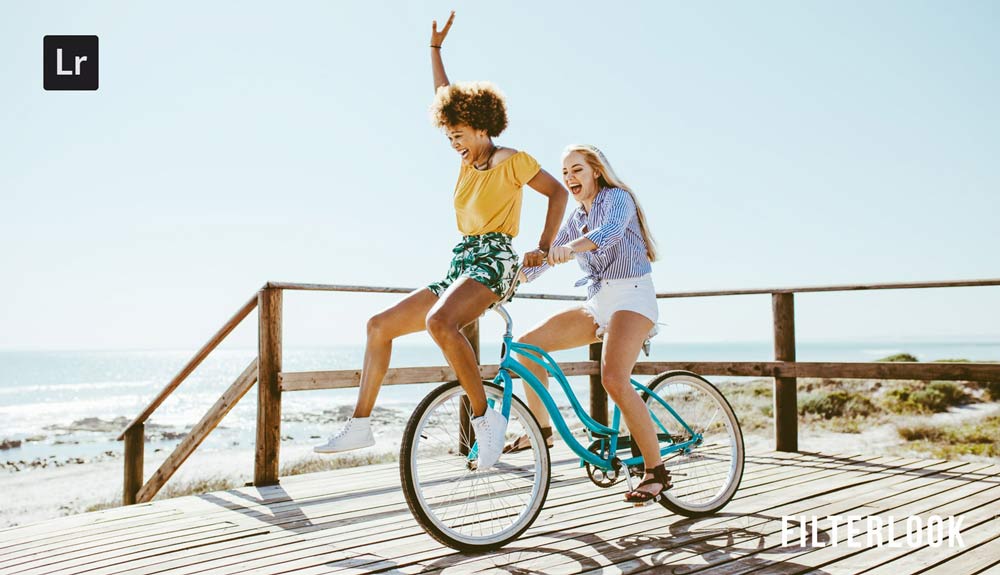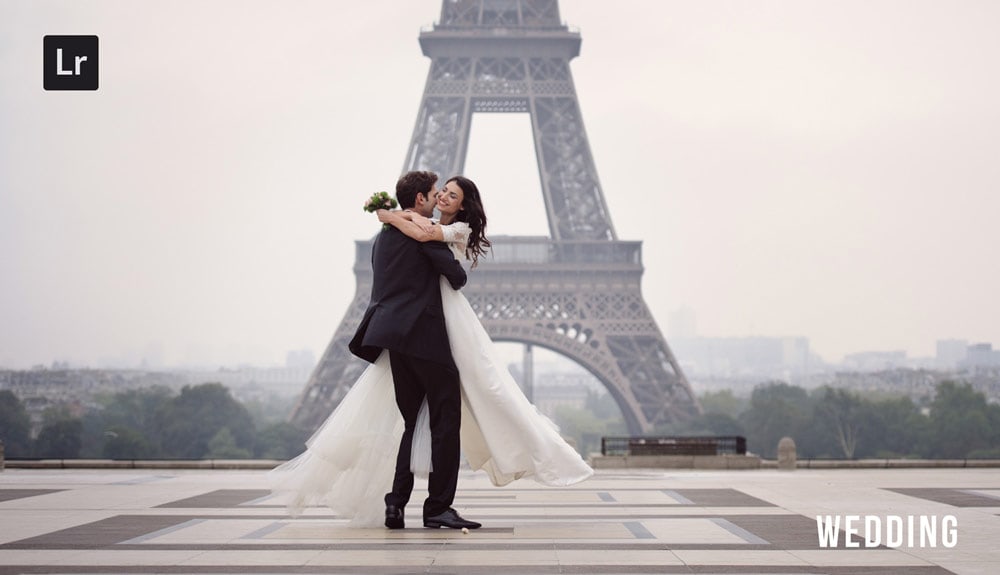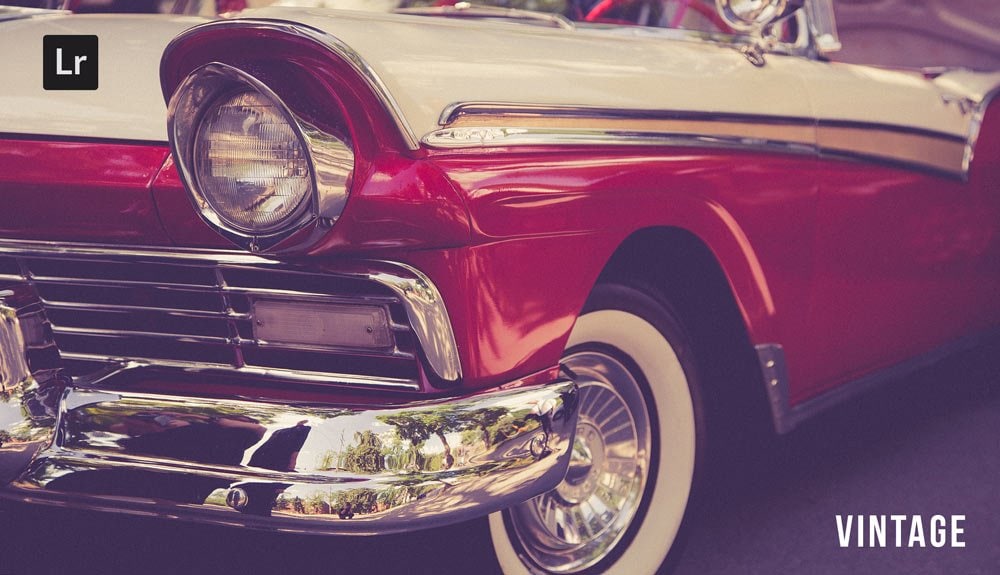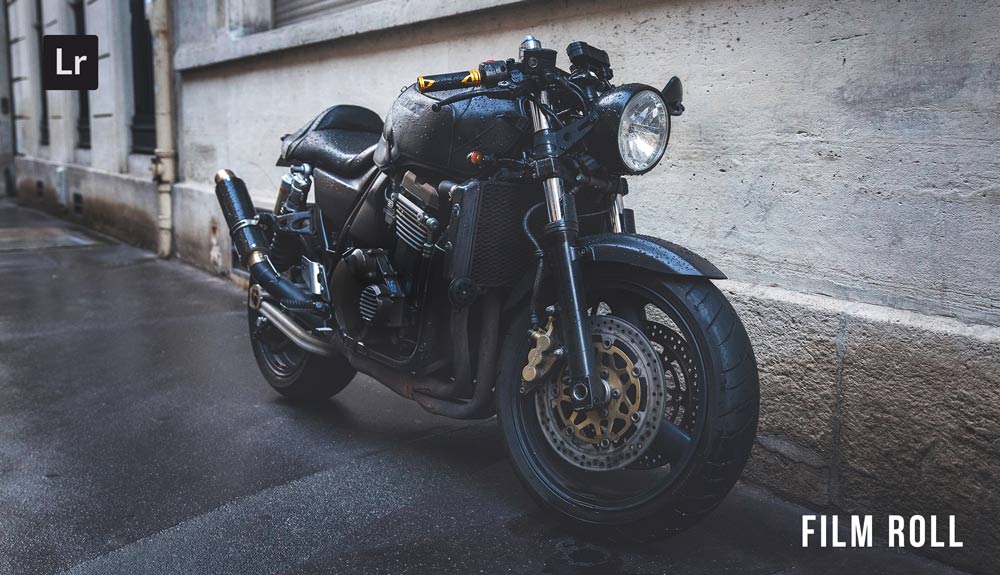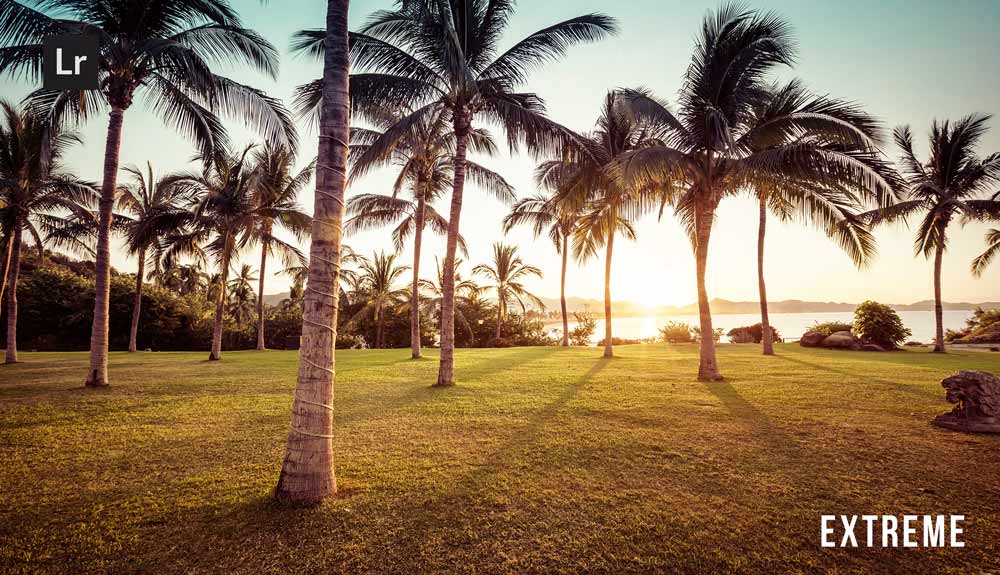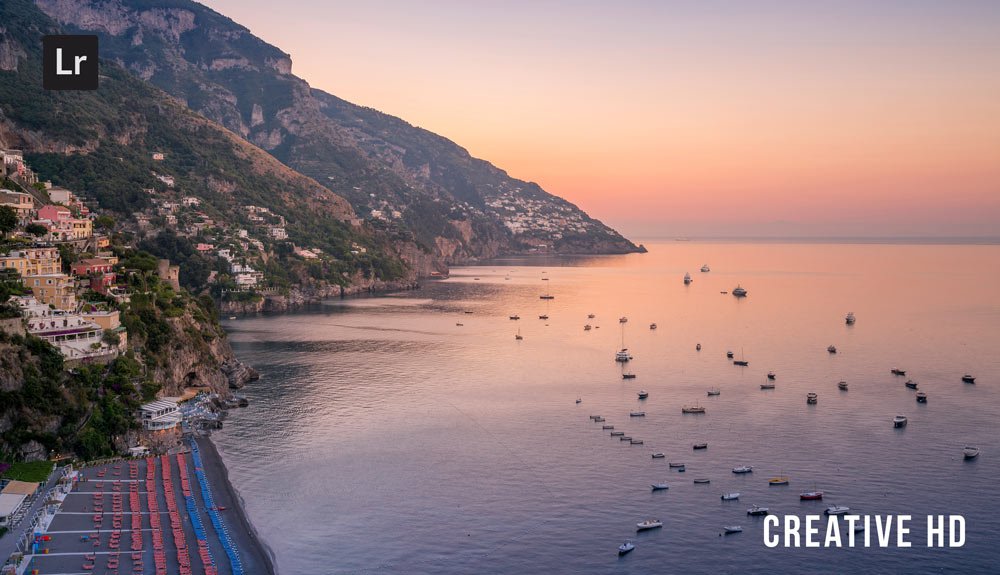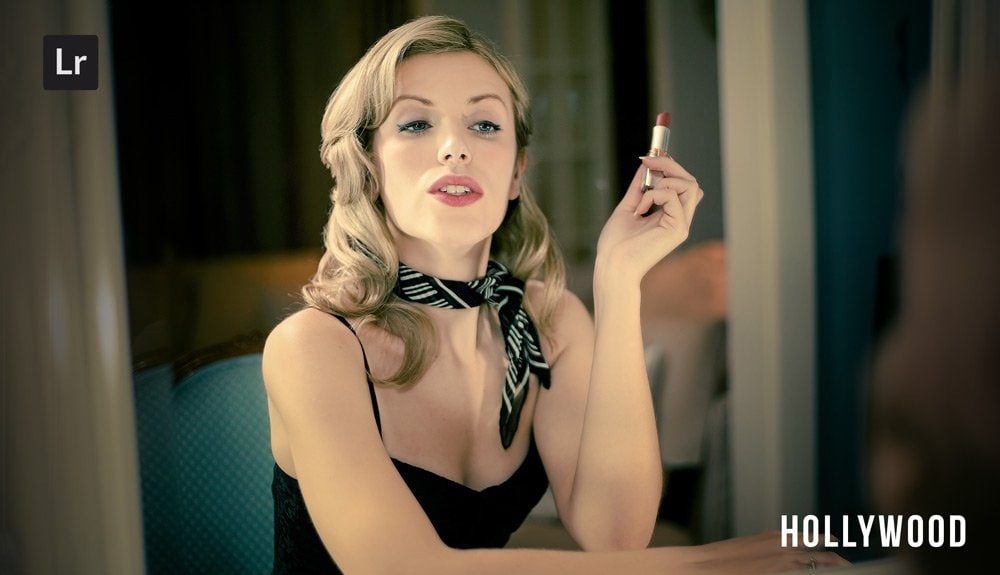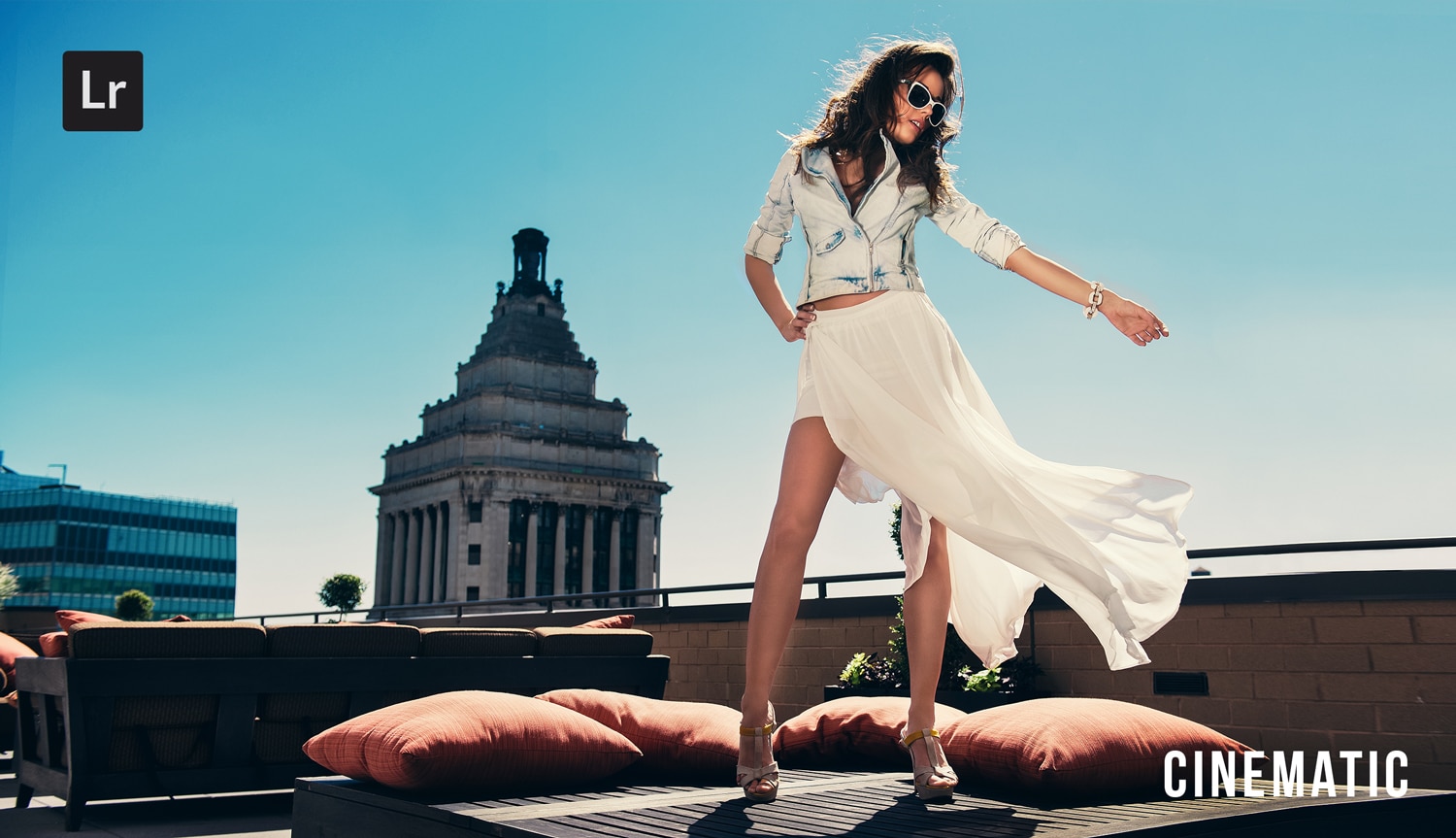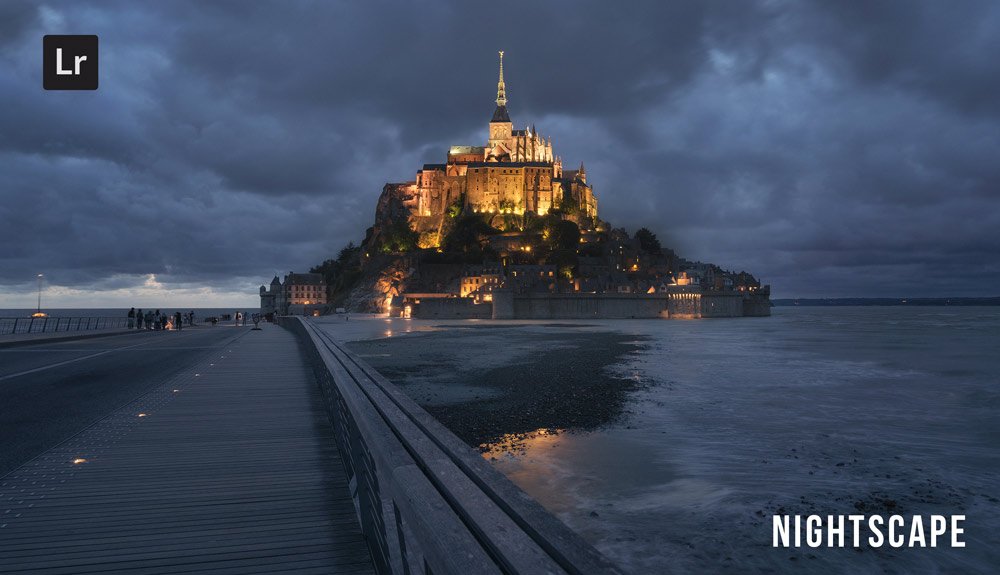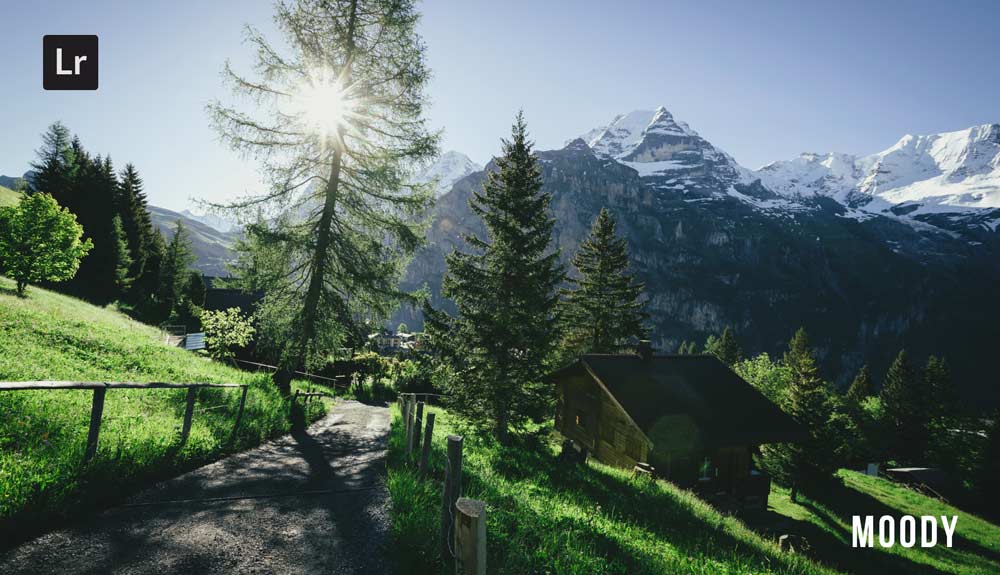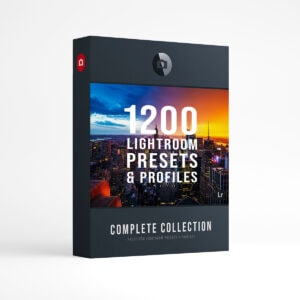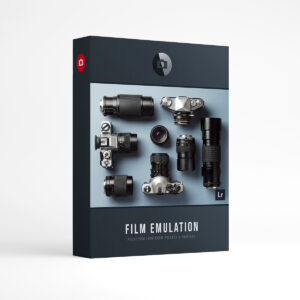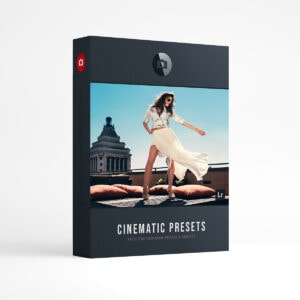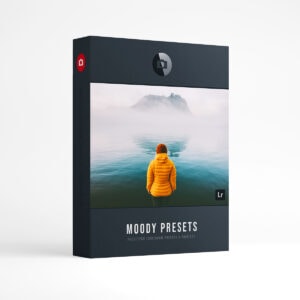10 tips to improve your photography in 2023
As we move into the new year, many photographers are looking for ways to improve their skills and take their photography to the next level. Whether you’re a beginner or an experienced photographer, there are always new techniques and strategies to learn and implement. In this blog post, we will be sharing 10 tips on how to improve your photography in 2023.
1. Camera Gear
Investing in a quality camera and lens is essential for taking high-quality photos. A good camera and lens can help you achieve the desired effects and capture the perfect shot. A quality camera will have a higher resolution and a wider dynamic range, allowing you to capture more detail and a greater range of colors. A good lens will have a wider aperture and a better focal length, allowing you to capture sharper images and create a shallow depth of field. Additionally, a quality camera and lens will have better low-light performance and faster autofocus, allowing you to take photos in challenging lighting conditions.
2. Composition
Composition is an essential aspect of photography and plays a crucial role in creating visually appealing images. It refers to the way elements in an image are arranged and how they relate to each other. Good composition can help draw the viewer’s attention to the main subject of the photo and create a sense of balance and harmony. The use of composition techniques such as the rule of thirds, leading lines, and symmetry can help to create dynamic and interesting images. By understanding and implementing the basics of composition, you can learn to create more engaging and meaningful photographs. A good composition can make or break an image and is a fundamental skill for any photographer to master.
3. Post-processing
Post-processing, also known as editing, is an important part of photography that can help to enhance the final image. It involves using software such as Lightroom, Photoshop, or other editing software to adjust and manipulate the image. Post-processing can help to correct technical issues such as exposure, white balance, and sharpness, and also add creative effects to the image. It is important to note that post-processing should be done in moderation and not overdo it, as it can make the image look unnatural. Post-processing is a powerful tool that can help to take an average image and turn it into a stunning masterpiece.
4. Shooting Modes
Experimenting with different camera shooting modes is a great way to improve your photography skills and create different effects. Most cameras have several shooting modes, such as aperture priority, shutter priority, and manual. Each mode has its own set of advantages and can be used to create different effects.
- Aperture priority mode allows you to control the aperture, which is the size of the opening in the lens that lets light in. This mode is great for controlling the depth of field in your images and can be used to create a shallow depth of field and make the subject stand out from the background.
- Shutter priority mode allows you to control the shutter speed, which is the length of time the shutter is open. This mode is great for capturing movement and can be used to create motion blur in your images.
- Manual mode gives you complete control over the aperture, shutter speed, and ISO. This mode is great for fine-tuning the exposure of your images and can be used to create a perfect balance between light and shadow.
5. Lighting
Lighting is one of the most important factors in photography, and it can greatly impact the final outcome of your images. It can determine the mood, atmosphere, and overall look of an image. Good lighting can make an image look more dramatic, while poor lighting can make an image look flat and uninteresting.
- Natural light is one of the most important sources of light for photography. Understanding how to use natural light to your advantage can help you create stunning images. For example, shooting during the golden hour (the hour before sunset) can create a warm and soft light that can be used to create beautiful portraits. Shooting during the blue hour (the hour after sunset) can create a moody and atmospheric image.
- Artificial light can also be used to create interesting effects. Understanding how to use different types of artificial light, such as studio lights, flash, and continuous light, can help you create different effects in your images.
- Lighting is not only important for the final outcome but also for the technical aspect of the image. It can affect the exposure, white balance, and color of an image. Understanding how to control and manipulate light can help you to create images that are well-exposed, with accurate colors and a good balance between light and shadow.
6. Photography Style
Photography styles refer to the different ways in which photographers capture and interpret their subjects. There are many different photography styles to choose from, and each style has its own set of techniques and strategies. Some of the most popular photography styles include:
Portrait photography: This style is focused on capturing the likeness, personality, and mood of the subject. It can be done in a studio setting or on location and can be used for both personal and professional purposes.
Landscape photography: This style is focused on capturing the beauty of nature and the environment. It can be done in both urban and rural settings and often involves capturing the grandeur of natural landscapes.
Street photography: This style is focused on capturing candid and spontaneous moments in urban environments. It often involves capturing the daily lives of people on the streets and can be used to document social and cultural events.
Macro photography: This style is focused on capturing close-up details of small subjects. It often involves using specialized lenses and equipment to capture intricate details and textures.
Documentary photography: This style is focused on capturing real-life events and people, often with the intention of telling a story or raising awareness about a particular issue.
Black and White photography: This style is focused on capturing images in monochrome tones. It often involves using contrast, texture, and form to create a dramatic and timeless image.
Experimental photography: This style is focused on pushing the boundaries of traditional photography and creating new and unique images. It often involves using unconventional techniques and equipment to create abstract and surreal images.
7. Workshops
Photography workshops are a great way to improve your photography skills and learn new techniques and strategies. These workshops are typically led by experienced photographers who provide guidance and instruction on a variety of topics. They can be held in person or online and can be customized to suit the needs of different skill levels and interests.
8. Patience
Patience and persistence are essential qualities for any photographer. Photography is a process, and it takes time to improve your skills. It is important to be patient with yourself and not to get discouraged if your photos don’t turn out the way you want. Every photographer has to go through a learning curve, and it takes time to master the technical and creative aspects of photography.
9. Feedback
Getting feedback on your photography is a valuable way to improve your skills and take your photography to the next level. Feedback can come from a variety of sources, such as photography mentors, workshops, online photography communities, or even friends and family. One of the most valuable forms of feedback is from professional photographers or photography mentors. They have the experience and knowledge to provide constructive criticism and help you identify areas for improvement.
10. Keep Learning
Learning is essential for any photographer looking to improve their skills and take their photography to the next level. Photography is a constantly evolving field, with new technology and techniques emerging all the time. Keeping up-to-date with the latest developments can help you stay ahead of the game and create better images. Learning about post-processing and image editing can also help you to improve the quality of your images and create professional-looking photos. It can also help you to understand how to control color, contrast, and other aspects of an image.
Conclusion
In conclusion, improving your photography skills takes time and effort. By following these tips, you’ll be well on your way to taking your photography to the next level in 2023. Invest in quality equipment, learn the basics of composition, practice your editing skills, and take photos in different lighting conditions. Be patient and persistent, take a class or workshop, ask for feedback and keep learning. Happy shooting!
Do you want to take your photography skills to the next level? With The Creative Flow, you’ll have access to more than 1200 Beautiful Lightroom Presets, 1200 Lightroom Profiles, and 200 brushes that will spark your creativity and bring your photos to the next level! Designed for the photographer who wants the ultimate workflow and premium Lightroom collection. The Creative Flow is your own personal preset “toolbox” where you can swap out a variety of different looks with a few simple clicks. Whether you’re a professional or just starting out, this all-in-one collection was created for you! You won't find another product like this anywhere else online - trust us when we say it's worth every penny! Click here right now and get started with The Creative Flow today!
The Creative Flow | Presetpro.com
The film names above are the brands and trademarks of their respective holders. None of the film producers listed endorse or sponsor this film emulation collection or any other content. The film producers are not affiliated with Presetpro.com and all trademarks and copyrights are the exclusive property of their respective owners. Adobe®, Photoshop®, Adobe® Lightroom® are either registered trademarks or trademarks of Adobe Systems Incorporated in the United States and/or other countries.

